From the outset, we wanted to create a trigger that provided improved the inherent safety for a standard issue trigger. From Brodie’s story, the problem that needed to be addressed is, “How do we reduce the chances of an accidental discharge?” We had several discussions around the topic. Some of which were more extensive, such as building a dedicated new lower receiver.
We finally settled that the any changes have to work with existing platforms and cannot require a significant change in the user’s muscle memory and training procedures. Now we had work to do.
We had to examine what was “standard” and the variations that many manufacturers thought were “standard”. Needless to say, no lower receiver is the same as the next, even if they say “MIL-STD”. Luckily, they all do follow some form of standard in the fire-control mechanism interface. We proceeded to examine different methods to make a better and safer trigger Some ideas were quite far-fetched, but it was part of the idea creation process.
Feasible ideas were manually milled or 3D printed to get a proof of concept. What once looked good on paper ended up not working in real-life, which happens more often than any designing company would like to admit. As the design and calculations started to take shape and through several iterations, we finally settled on the OPAR as you see it today.
In an inadvertent manner we also designed a trigger that lends itself well to training the user to build muscle memory through the Area-of-Engagement design. This requires the user to develop behaviors in their trigger pull that will enhance their precision through repeated consistency in trigger finger placement and pulling operations.




